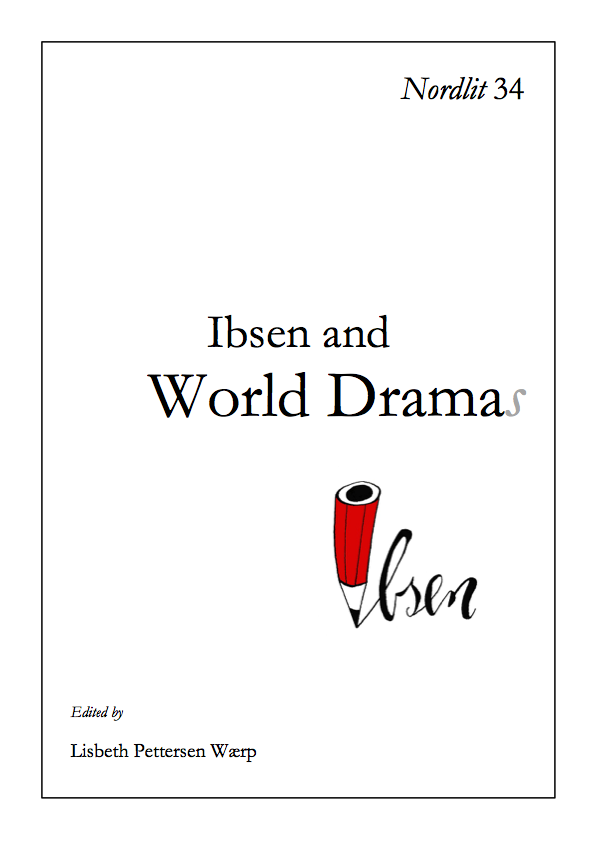Woody Allen - Henrik Ibsen. Hedda and her sisters - on women and space
DOI:
https://doi.org/10.7557/13.3383Keywords:
Henrik Ibsen, Woody Allen, Feminity, Gender, Space.Abstract
The purpose of this article is to relate Henrik Ibsen’s Hedda Gabler to Woody Allen’s Interiors with respect to their inquiry into women’s relation to power and art. Both artists are close watchers and profound analysts of women’s positions in times of transition, and both relate their themes to class and gender. The subordination of women is apparent in the use of cinematic and theatrical space. In order to compare the screenplay and the drama text I have studied how the artists allow women to use space, building on C. Hermann’s theory (1976) about spatial systematization and hierarchization.









